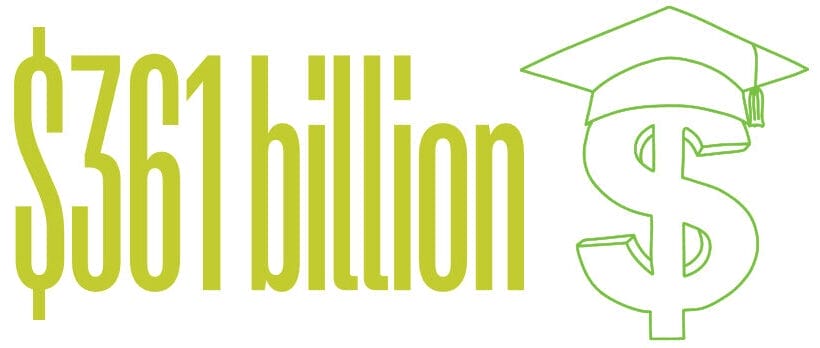THOUGHT
Does a Woman’s Biological Clock Have a Price?
For every year that a woman ages, she must earn $7,000 more annually to remain equally attractive to potential partners, according to new research from Wharton assistant professor of business economics and public policy Corinne Low, author of “Pricing the Biological Clock: The Marriage Market Costs of Aging to Women” in the Journal of Labor Economics.
In Low’s study, real online daters rated hypothetical profiles in which the photos were the same but the ages and incomes varied. The results showed that both male and female participants valued a high income in a potential romantic partner, but there was a sharp contrast when it came to age preferences. Men were rated higher as they aged, while women were rated lower as they aged. Based on their ratings, for every year past 30, women had to make $7,000 a year more to stay in the romantic running.
“These findings indicate that men also hear the ticking of the biological clock. Seeking to marry and have children, they naturally prefer more fertile partners,” Low wrote in the study.
Although women’s education levels have been rising rapidly in the past 50 years, women still make up just 8.8 percent of Fortune 500 CEOs. Keeping talented women in the workforce isn’t only important in closing the gender pay gap; it’s a key component to a thriving economy, Low told Knowledge at Wharton. What’s often overlooked, she said, is the economic trade-off women accept when having children and relying on their partner’s income alone: “Who you marry is one of the most significant financial decisions you can make.”
Low’s second study, “The Human Capital — ‘Reproductive Capital’ Tradeoff in Marriage Market Matching,” touched on the tendency to choose a partner at the same education level. The exception was graduate-educated women, who married poorer spouses than did college-educated women. Why? Education may increase “human capital,” but because it takes time, it decreases “reproductive capital,” especially for educational investments that take longer and are later in life. This “tax on the marriage market” is an additional cost women must pay for investing in their careers and education. It also makes entering careers requiring lengthy investments, which also tend to be the highest paying, less appealing to women, and may help explain the persistent gap in representation for them at the top of the corporate ladder.
There is a silver lining of sorts — the shrinking American family. The trend toward having fewer children means graduate women aren’t facing quite the same disadvantage that they once did. But Low continues to push for more gender-equitable policies. She wants society to value women as “economic agents” and treat women’s issues with the same weight as other serious topics. Whether or not to have children — and when to have children — is a fundamental decision.
DATA INTERPRETED
 Decrease in quitting rates after breaking up difficult tasks over a longer period of time
Decrease in quitting rates after breaking up difficult tasks over a longer period of time
A recent study analyzing nearly two million texts at a crisis hotline center suggests that reordering employees’ tasks could be a solution to high turnover in a variety of other industries. The authors — including Wharton management and operations, information, and decisions professor Maurice Schweitzer — propose what they call the streak-end rule: When people evaluate a sequence of past events, they disproportionately focus on “streaks” (long strings of similar events in a row) and “ends” (the most recent event). In the specific context of crisis counselors, harder tasks will lead to disproportionately more quitting if they arrive in long streaks or were the most recent task.
THOUGHT
“When you see a wave like this, you’re never quite sure where it’s going to break.”
With salary transparency laws sweeping the nation, Wharton management professor Matthew Bidwell told Wharton Business Daily on SiriusXM that in addition to helping close the gender pay gap, publishing salaries on job postings forces companies to be “a bit more systematic” about pay. California, Washington, Rhode Island, New York City, and Colorado have enacted salary transparency laws, and Bidwell predicts majority-Democrat states will continue the trend.
DATA INTERPRETED
 Americans who regret not saving more for retirement
Americans who regret not saving more for retirement
“People might be under-saving for retirement because they really don’t understand how likely they are to live a long time in retirement,” says Olivia S. Mitchell, Wharton professor of business economics and public policy and co-author of a recent study on longevity awareness. The study, which was conducted with 1,764 respondents aged 50-plus, found that not investing in long-term care and not purchasing lifetime income payments were among their other regrets. Mitchell said financial illiteracy and misinformation are partly to blame.
THOUGHT
“The stigma that is often applied to divestitures — that they are a sign of weakness or failure — is misplaced in many circumstances. There’s a whole world of thinking about divesting more proactively.”
Wharton management professor and Michael L. Tarnopol Professor Emilie Feldman spoke on SiriusXM’s Wharton Business Daily about an often-overlooked growth strategy: divestiture. Data from her new book, Divestitures: Creating Value Through Strategy, Structure, and Implementation, showed that, on average, divestitures create two to three times the shareholder value of M&As.
DATA INTERPRETED

The maximum estimated cost of the new income-driven student loan repayment plan
The latest version of the Biden administration’s income-driven repayment plan will cost the government more than double its estimates, according to the Penn Wharton Budget Model. “The vast majority of people — potentially even up to 90 percent — will be better off just going on this IDR path. And that will, of course, increase the cost for the government,” says PWBM faculty director Kent Smetters. IDR updates include lowering the share of a borrower’s discretionary income that must be applied toward monthly payments.
(Illustrations: Exit sign— FrankRamspott; Clock — FrankRamspott; Dollar sign with graduation cap — komunitestock)
Published as “Data” in the Spring/Summer 2023 issue of Wharton Magazine.





















 Decrease in quitting rates after breaking up difficult tasks over a longer period of time
Decrease in quitting rates after breaking up difficult tasks over a longer period of time Americans who regret not saving more for retirement
Americans who regret not saving more for retirement




